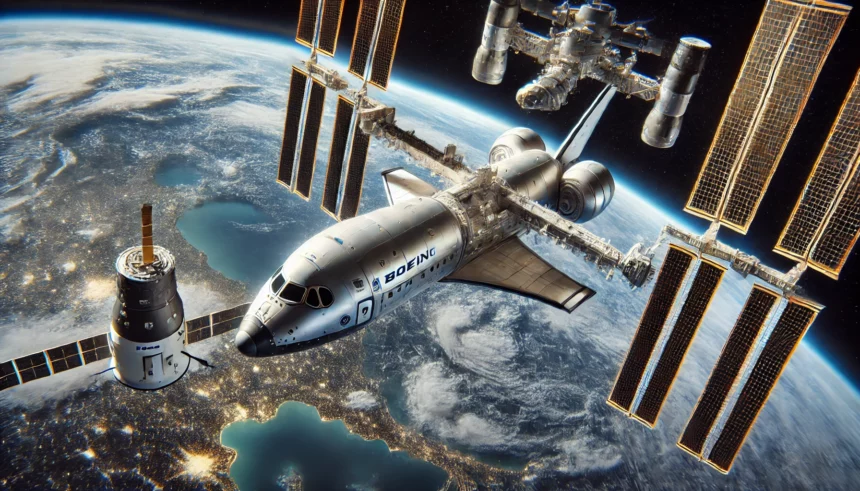In an unexpected turn of events, Boeing’s Starliner spacecraft will spend an additional four days attached to the International Space Station (ISS). This extension allows NASA and Boeing engineers more time to address and analyze the helium leaks and thruster anomalies detected during the mission.
Helium Leaks and Thruster Challenges Under Scrutiny
During its current mission, the Starliner encountered multiple helium leaks in its propulsion system. Despite these challenges, NASA confirmed the leaks are manageable and not a threat to the mission’s safety. The additional time docked at the ISS enables engineers to conduct thorough assessments and ensure all systems function properly for the safe return of the astronauts on board.
Testing conducted last Saturday showed that while one thruster will remain offline, the remaining crucial thrusters are operational. This successful test has bolstered confidence in the spacecraft’s ability to safely exit orbit when it’s time for re-entry.
Astronauts Contribute to ISS Operations Amid Extended Stay
The extended mission is not just about troubleshooting; it also gives astronauts Barry “Butch” Wilmore and Sunita Williams additional time to support ongoing experiments and maintenance on the ISS. Their extended presence is invaluable for the smooth operation of the station and allows them to gather more data on living in space for extended periods.
Impact on Future Missions and Safety Protocols
As the Starliner’s stay at the ISS lengthens, it offers NASA a unique opportunity to monitor and analyze the spacecraft’s performance in real-time. This situation is crucial for planning future missions, particularly in terms of improving the design and functionality of spacecraft components.
NASA’s Commercial Crew Program manager, Steve Stich, expressed confidence in the current state of the Starliner, stating that it could bring the crew back safely if needed. However, the focus remains on resolving all issues to prevent future complications.
Preparing for Return and Next Steps
The current plan sees Wilmore and Williams undocking from the ISS on June 25, with a scheduled landing in New Mexico the following morning. This mission will provide NASA with valuable insights and data necessary to ensure the safety and reliability of future crewed spaceflights.
In conclusion, while the Starliner’s extended stay at the ISS was unplanned, it has become a crucial part of NASA’s strategy to test and verify systems in space. The lessons learned from this mission will help refine the spacecraft for future operations, ensuring that each mission is safer and more efficient than the last.
















